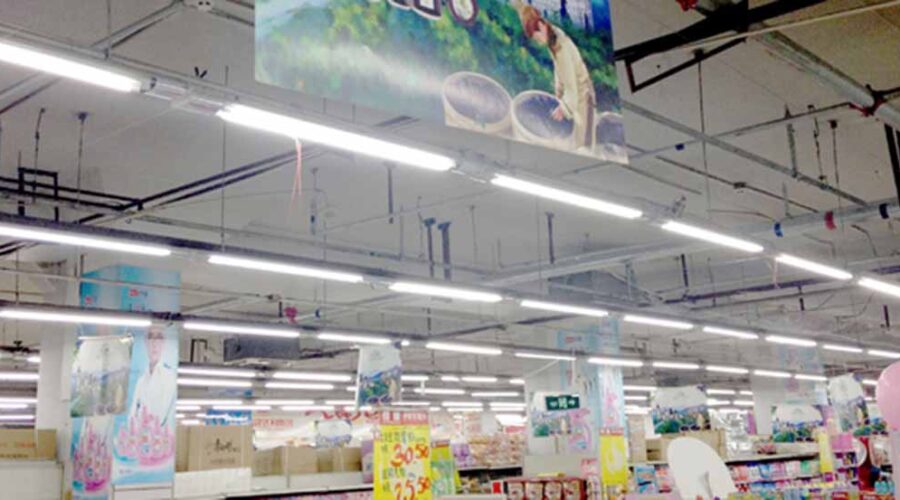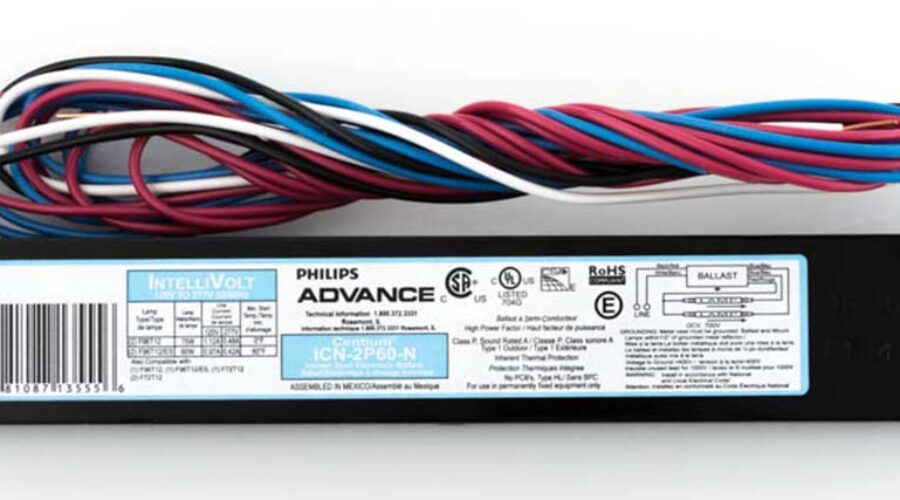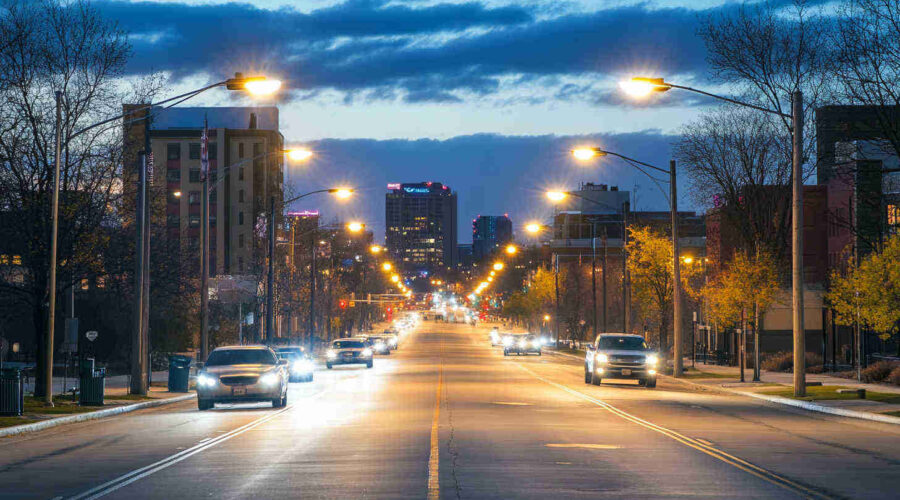Outdated lighting drains energy and money. Poor brightness and high maintenance costs hurt your bottom line. Switching to LED can solve these issues. LEDs produce more usable light per watt than metal halides, leading to energy savings and better illumination. A 150W LED can replace a 400W metal halide, offering similar brightness with less energy consumption. Let’s delve deeper into the differences between LED and metal halide lumens. What Are Lumens? Lumens are the unit used to measure the total visible light output from a light source. Simply put, the more lumens a light produces, the brighter it looks to […]
Struggling with high energy bills and constant maintenance from your old metal halide lights? It’s draining your budget and slowing down operations. Let’s fix that by switching to LED lighting today. Replacing metal halide with LED is a smart move for energy efficiency, better lighting quality, and lower long-term costs. It involves choosing the right LED equivalent, bypassing the ballast if necessary, and ensuring compatibility in wattage and lumens. You can upgrade your lighting system easily with retrofit kits or by installing brand-new LED fixtures designed for high-intensity environments. LED upgrades offer faster start times, higher CRI, and longer lifespan. […]
High electricity bills and unreliable grid power can leave streets dark and unsafe. These issues can lead to accidents, theft, and increased maintenance costs. But there’s a solution: solar-powered street lights. Solar-powered street lights harness sunlight through photovoltaic panels, converting it into electrical energy stored in batteries. This energy powers LED lamps at night, providing efficient, off-grid illumination. These systems are eco-friendly, reduce electricity costs, and require minimal maintenance, making them ideal for both urban and rural settings. Let’s delve deeper into how these innovative lighting solutions function and their benefits. How Do LED Solar Lights Work? LED solar lights […]
How to Convert Fluorescent to LED?
Flickering tubes, high energy bills, and constant maintenance—fluorescent lighting can be a real headache. These issues not only disrupt operations but also lead to increased costs and inefficiencies. Fortunately, converting to LED lighting offers a reliable solution, enhancing performance and reducing expenses. Converting fluorescent lights to LED involves replacing outdated tubes with energy-efficient LED alternatives. This process can be accomplished through methods like ballast bypass or using plug-and-play LED tubes, depending on your existing fixtures. The benefits include improved energy efficiency, longer lifespan, and reduced maintenance costs, making it a worthwhile investment for businesses. Let’s delve deeper into the specifics […]
Choosing the wrong bulb can ruin your space’s vibe—too harsh, too dim, or just plain wrong. Let’s fix that with the right choice. Clear bulbs emit sharp, focused light, ideal for decorative fixtures where brightness and filament visibility are desired. Frosted bulbs diffuse light, reducing glare and creating a softer ambiance, making them suitable for areas requiring gentle illumination. Keep reading to find out which bulb fits your needs best. Main Differences Between Frosted and Clear Lenses Frosted and clear lenses serve different lighting purposes. Clear lenses allow light to pass through without diffusion. They create sharp, bright beams and […]
Choosing the right ballast for your lighting system can be confusing. Pick the wrong one, and you could end up with flickering lights, higher energy bills, and frequent replacements. Understanding the difference between electronic and magnetic ballasts can save you money and improve your lighting experience. A ballast regulates the current in fluorescent and HID (High-Intensity Discharge) lamps. While electronic ballasts use advanced circuitry for efficient and quiet operation, magnetic ballasts rely on heavy coils and are less efficient. Knowing the difference helps you choose the right option for your lighting needs, offering better performance and lower costs in the […]
Choosing between LED shoebox lights and street lights can be confusing. If you pick the wrong one, you could end up with poor visibility and higher costs. Understanding the differences helps you make the right choice. LED Shoebox Lights and LED Street Lights serve different purposes. Shoebox lights are ideal for large areas like parking lots and stadiums, while street lights are optimized for roadways and pathways. Shoebox lights are typically more powerful, offering wider beam angles, whereas street lights are designed to direct light along long stretches of road. Both use advanced LED technology, but their applications and designs […]
Struggling with flickering and high energy costs from your fluorescent shop lights? Outdated lights can drain your wallet and leave your workspace poorly lit. Switching to LED solves these problems, providing brighter light and lower energy consumption. Here’s how to do it right. Converting fluorescent shop lights to LED is a cost-effective way to upgrade your lighting. You can retrofit your existing fixtures with LED tubes or install brand-new LED shop light fixtures. Retrofitting allows you to use the same fixtures by bypassing the ballast, while installing new LED fixtures offers more efficient and modern lighting. Both options drastically reduce […]
Finding the right replacement for your old T12 fluorescent tubes can be confusing. Installing the wrong tube can cause flickering, poor brightness, or even damage. T8 LED tubes can be a great upgrade if you know how to use them correctly in T12 fixtures. Let’s find out how. Yes, you can replace T12 fluorescent tubes with T8 LED tubes, but compatibility depends on factors like ballast compatibility and fixture size. T8 LED tubes are more energy-efficient, offer better lighting quality, and last longer than T12 fluorescent tubes. To ensure a smooth transition, check the ballast type, as some T8 LED […]
Struggling with poor lighting in your drop ceiling? It makes your workspace feel dull and unwelcoming. The right lights can transform that space entirely, boosting brightness and comfort. But how do you choose the best one? Let’s explore. Choosing the right light for a drop ceiling is crucial for both function and aesthetics. LED drop ceiling lights, especially LED 2×4 panels, are ideal due to their energy efficiency, sleek design, and bright, even illumination. Modern drop ceiling lighting options also include recessed lighting and pendant lights, perfect for adding a touch of style while enhancing visibility. Understanding the different types […]











